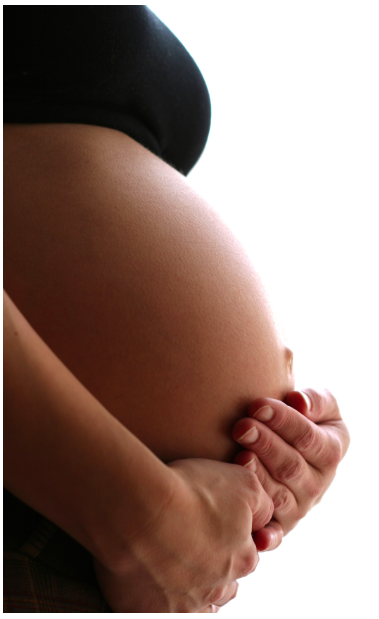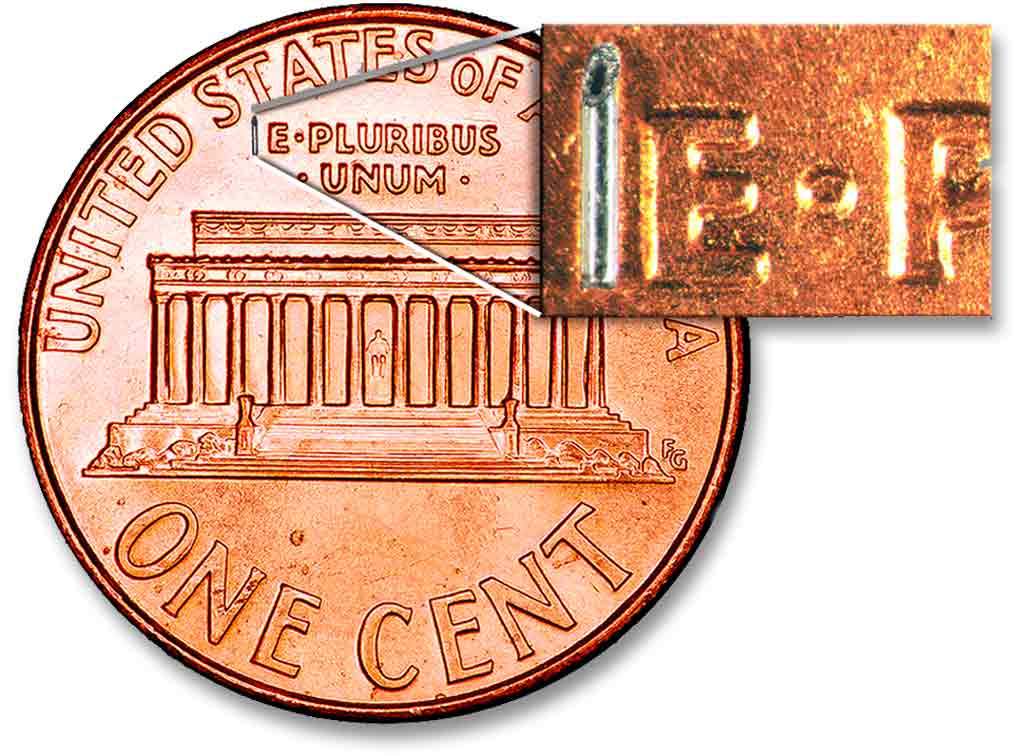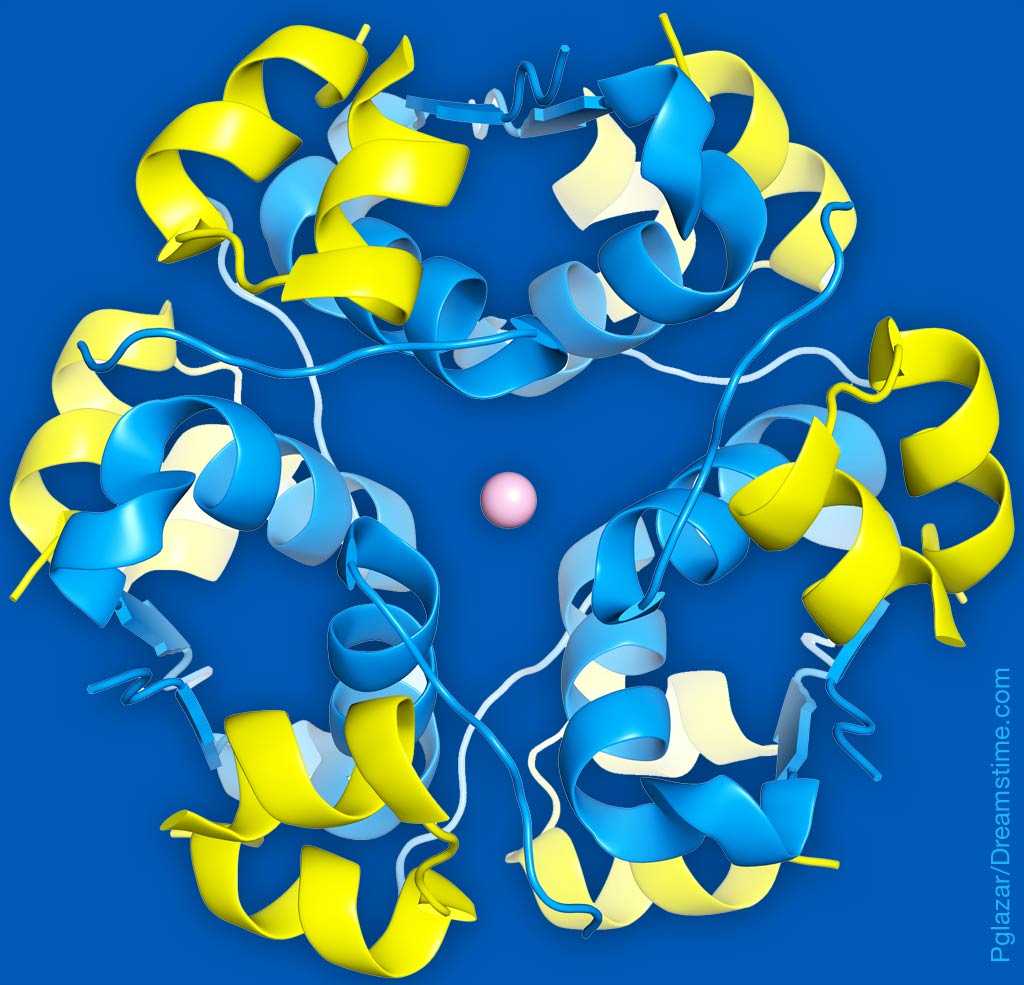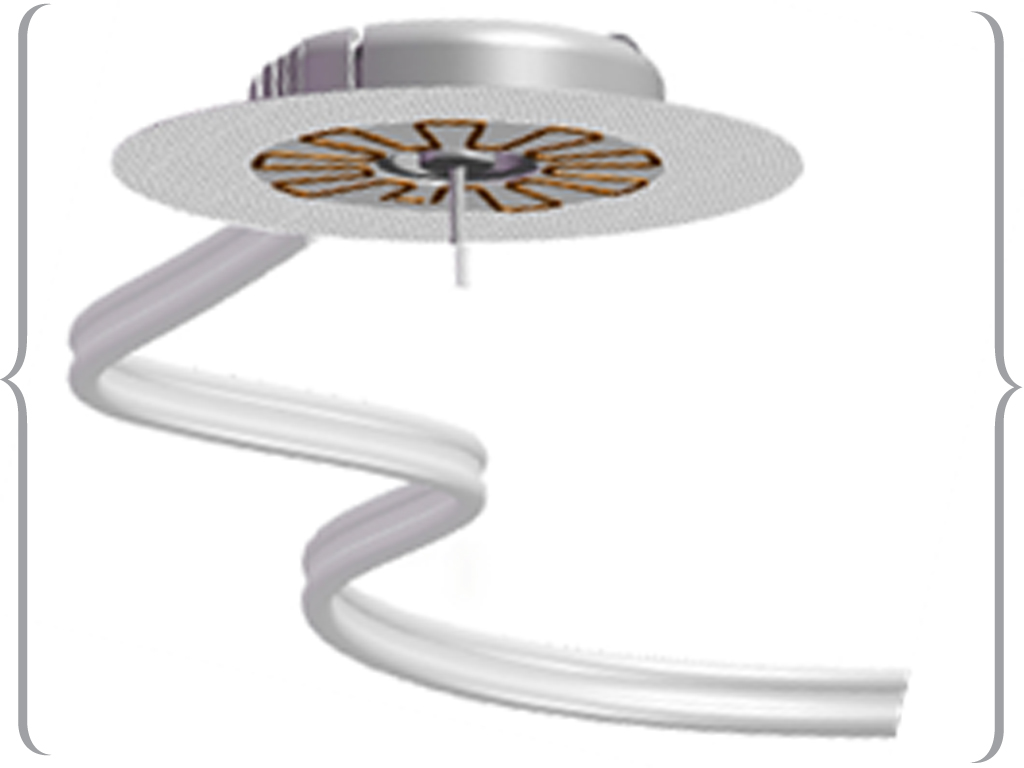How DKA Happens and What to Do About it
With Diabetic Ketoacidosis (DKA) your blood becomes highly acidic from dehydration and excessive ketone production; it can kill you

(excerpted from Think Like A Pancreas: A Practical Guide to Managing Diabetes With Insulin by Gary Scheiner MS, CDE, DaCapo Press, 2011)
Diabetic Ketoacidosis (DKA) is a condition in which the blood becomes highly acidic as a result of dehydration and excessive ketone (acid) production. When bodily fluids become acidic, some of the body’s systems stop functioning properly. It is a serious condition that will make you violently ill and it can kill you.
The primary cause of DKA is a lack of working insulin in the body. Most of the body’s cells burn primarily sugar (glucose) for energy. Many cells also burn fat, but in much smaller amounts. Glucose happens to be a very “clean” form of energy—there are virtually no waste products left over when you burn it up. Fat, on the other hand, is a “dirty” source of energy. When fat is burned, there are waste products produced. These waste products are called “ketones.” Ketones are acid molecules that can pollute the bloodstream and affect the body’s delicate pH balance if produced in large quantities. Luckily, we don’t tend to burn huge amounts of fat at one time, and the ketones that are produced can be broken down during the process of glucose metabolism. Glucose and ketones can “jump into the fire” together.
It is important to have an ample supply of glucose in the body’s cells. That requires two things: sugar (glucose) in the bloodstream, and insulin to shuttle the sugar into the cells. A number of things would start to go wrong if you have no insulin in the bloodstream:
- Without insulin, glucose cannot get into the body’s cells.
- As a result, the cells begin burning large amounts of fat for energy.
- This, of course, leads to the production of large amounts of ketones.
- Although some of the ketones eventually spill over into the urine, the body is unable to eliminate sufficient amounts to restore a healthy pH balance in the bloodstream.
The problem is further complicated by dehydration. Without sufficient insulin to inhibit the liver’s secretion of sugar, large amounts of glucose are released into the bloodstream. Because high blood sugar causes excessive urination, dehydration ensues. Without glucose metabolism to help break down the ketones, and without ample fluids to help neutralize the ketones, the bloodstream and tissues of the body become very acidic. This is a state of ketoacidosis.
What can cause a sudden lack of insulin in the body? There are a number of potential culprits:
- Illness, infection, and dehydration can cause the production of large quantities of stress hormones, which counteract insulin. You could have insulin in your body, but it is rendered almost useless because stress hormones are blocking its action.
- Ketone production can also be induced by a lack of carbohydrates in the diet. During periods of starvation, prolonged fasting, or restricted carbohydrate intake, the body’s cells must resort to burning alternative sources of fuel: namely fat and protein. With increased fat metabolism and limited carbohydrate metabolism, ketone production may exceed the body’s ability to eliminate them.
- Using spoiled insulin can lead to high blood sugar and ketone production. Insulin that has been frozen or exposed to extreme heat can “denature,” or break down so that the insulin molecules no longer work. Using the same vial or cartridge of insulin for many months, or using it past its expiration date, can also cause problems.
- Poor absorption at the injection or infusion site can also cause an insulin deficiency.
- Missed or omitted injections are another potential cause of an insulin deficiency. Missing an occasional meal bolus will not typically cause the body to become totally devoid of insulin, but missed basal insulin injections or repeated missed boluses can have serious consequences.
- Insulin pump therapy opens the door to ketoacidosis in the event of a problem with insulin delivery, absorption, or action. Any interruption in insulin delivery can result in a sharp rise in blood sugar and ketone production starting as soon as three hours after the last bit of insulin was infused.
Everyone with diabetes who uses insulin should have a way to test for ketones. Ketone testing can be done by way of a urine dipstick or a fingerstick blood sample. Be sure to have fresh ketone testing supplies on hand at all times—including when you travel. The presence of ketones is accompanied by elevated blood sugar, thirst, and excessive urination. This is a precursor to the more severe state of DKA.
Symptoms of DKA are more pronounced. With DKA, you are likely to be nauseous or vomiting. Your breathing may be very deep, and you could have a fruity odor on your breath as your lungs try to eliminate ketones when you exhale. You will likely be dehydrated due to all the urination. This will give you dry skin, intense thirst, and a dry mouth. Your vision may also be blurry. Headache and muscle aches are common.
Call your healthcare team immediately if you are experiencing these types of symptoms. Although fluids and insulin are the preferred form of treatment, DKA is not something that you can treat on your own. The severe dehydration that accompanies DKA usually keeps insulin from absorbing properly from below the skin. Nausea/vomiting may also limit the amount of water you can consume. Treatment of DKA almost always requires a visit to an emergency room for intravenous administration of insulin, water, and electrolytes. The acidity of your blood will have to be monitored very carefully at the hospital to prevent coma or death. The length of your hospital stay will vary depending on the severity of the DKA, but expect to be there for at least a day or two.
There are a few things that you can do on your own prior to hospitalization. Try to eat light, easy-to-digest carbohydrates and drink at least eight ounces of liquid per hour. Diluted orange juice is a good choice, because it replaces fluids as well as potassium that is lost with excess urination. Check your blood sugar and ketones every couple of hours, and report the information to your doctor.
(Editor’s Note – With the right illness or pump error, DKA can happen to anyone with Type 1 diabetes, so don’t be ashamed if it happens to you. No one likes to think about DKA, but it’s best to be prepared. Seek medical help, get well, and then figure out how to prevent DKA from happening the next time.)
This article has been edited for length.
Gary Scheiner and his team of clinicians at Integrated Diabetes Services are available for individual consultations via phone and the internet. Visit integrateddiabetes.com call 1-610-642-6055 for more information.
If you would like to purchase a signed copy of Think Like a Pancreas, call Integrated Diabetes Services directly at (877) 735-3648; (outside the US 1-610-642-6055), or order it through the IDS store here.







